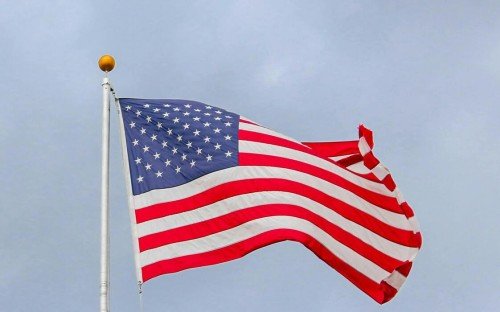
Understanding America’s Political Polarization
- August 21, 2025
- The Divided States?
The United States has long prided itself on being a democracy where debate, compromise, and diversity of opinion fuel progress. Yet in recent decades, the ideological distance between Democrats and Republicans has widened into what many describe as a chasm. Political polarization is no longer just a matter of policy disagreements, it now shapes how Americans view one another, who they trust, and even where they choose to live. Surveys consistently show that partisans view the opposing party not simply as wrong, but as dangerous to the country. Families avoid political conversations at holiday dinners, workplaces struggle to balance expression and professionalism, and communities are increasingly homogeneous in their voting patterns. The result is a nation fractured along political lines, with consequences that ripple across culture, governance, and global perception.
The Historical Roots of Division
Political disagreements are nothing new in America. The early republic was marked by heated battles between Federalists and Anti-Federalists. However, polarization today feels different in both intensity and scope. Since the late 20th century, gerrymandering, shifting demographics, and the rise of partisan media have fueled a more entrenched divide. The civil rights movement, Vietnam War protests, and later debates over abortion and gun rights hardened ideological boundaries. In recent decades, economic inequality and cultural shifts, such as those related to immigration and LGBTQ+ rights, have further intensified divisions. Whereas Americans once shared overlapping sources of news and civic identity, today’s media landscape often reinforces partisan bubbles.
The Media’s Role in Deepening Divides
Television networks, talk radio, and social media platforms have amplified polarization by creating echo chambers. Algorithms reward outrage, and sensational headlines draw more attention than balanced reporting. Instead of being exposed to a range of perspectives, citizens are often fed stories that confirm their existing views. This creates a feedback loop: politicians tailor messages to their base, media outlets cater to partisan audiences, and voters retreat further into ideological silos. In this environment, compromise becomes politically risky, and demonizing opponents becomes a winning strategy.
The Human Cost of Polarization
Polarization is not just about politics, it affects everyday life. Friendships dissolve over social media arguments. Neighborhoods become less diverse politically, as families relocate to areas that reflect their values. Even trust in basic institutions, courts, schools, public health agencies, has become politicized. During the COVID-19 pandemic, for instance, wearing a mask or receiving a vaccine often carried political meaning. Instead of being a matter of public health, these choices became symbols of loyalty to one side or the other. This blending of identity and politics deepens resentment and makes reconciliation harder.
Global Implications
America’s polarization does not exist in a vacuum. As one of the world’s most influential nations, its internal struggles send shockwaves abroad. Allies worry about the reliability of U.S. foreign policy, while adversaries exploit divisions through disinformation campaigns. Just as a translation agency helps bridge linguistic and cultural divides, America faces the challenge of translating its diverse voices into a coherent national vision. The inability to find common ground risks weakening the country’s global leadership and its reputation as a model of democracy.
Searching for Common Ground
Despite the grim picture, there are signs of hope. Many Americans express frustration with extreme partisanship and yearn for leaders who prioritize solutions over soundbites. Grassroots organizations are working to foster dialogue across ideological divides, hosting community forums where people can listen to one another with empathy rather than hostility. Educational programs that emphasize critical thinking and media literacy also hold promise. By equipping citizens to recognize bias and disinformation, these initiatives can reduce the power of partisan echo chambers. The goal is not to eliminate disagreement, that is impossible in a diverse democracy, but to restore the possibility of respectful debate.
Can Polarization Be Reversed?
Skeptics argue that polarization is too deeply entrenched to reverse. Structural factors like gerrymandering, primary elections that favor extreme candidates, and profit-driven media ecosystems make moderation difficult. Yet history shows that periods of division can give way to renewal. Moments of crisis, from the Great Depression to the Civil Rights era, have inspired Americans to confront challenges collectively. If polarization has reached a peak, it may eventually give way to a new era of collaboration, driven by necessity and citizen demand.
Building Bridges, Not Walls
The path forward requires courage from leaders and humility from citizens. Politicians must be willing to risk alienating their base by seeking compromise. Media outlets need to prioritize responsible journalism over short-term clicks. And ordinary Americans must choose dialogue over disdain. Polarization may seem insurmountable, but democracy is built on the belief that diverse voices can coexist and create stronger solutions together. Just as a translation agency turns barriers of language into opportunities for understanding, the U.S. has the potential to transform its divisions into a renewed sense of unity.